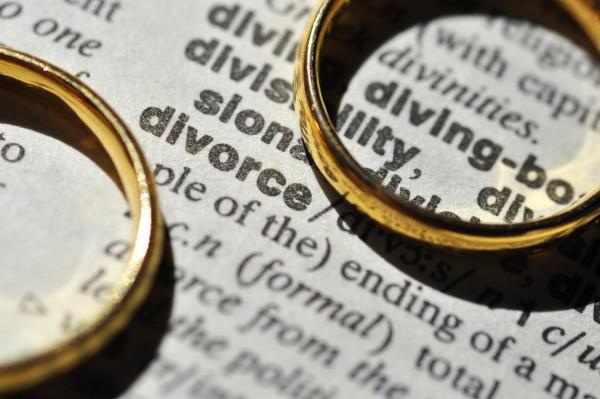The value of the pension benefits to the individual member may be very different, and it may cost far more to purchase equivalent benefits on the open market.
This can be important in a divorce context, where using only CEs can produce unfair outcomes.
For example, a couple each age 40 where the self-employed husband has a Defined Contribution pension with a CE of £150,000 and the teacher wife has a final salary Defined Benefit pension with a CE of £150,000.
On the face of it, the pensions are of equivalent value. In practice, the wife's teachers' pension will provide a guaranteed tax-free lump sum and guaranteed pension, plus a widowers' pension.
If the husband were able to purchase equivalent benefits on the open market, the cost would be significantly higher than £150,000.
The PAG strongly recommends that suitably qualified experts should be instructed far more frequently to assist couples and the courts in valuing pension assets.
Offsetting
The Pension Advisory Group concludes that relatively few PSOs are made.
Instead, in the majority of cases, pension assets are dealt with by way of offsetting. In effect, one party's pension is traded for a greater share of non-pension assets.
This is very frequently the situation in a "needs" case. Stereotypically, and very frequently, where there are young children, a non-working wife will retain the sale proceeds of the family home, to enable her to re-house without a mortgage.
The husband will retain his pension and business assets and will use his mortgage capacity to re-house. In such a situation, it is unlikely the value of assets retained by the husband will come close to those retained by the wife.
The value of his pension is of little relevance, and there is little need to focus on the value to be attributed to it for offset purposes.
There will be occasions, however, where pensions form a significant part of the family assets, where correct valuation of the pension for offset purposes will be key.
In addition to the known difficulties with CE values, it will also be necessary to factor in the cost to the pension holder of extracting benefits. Other than the 25 per cent tax-free lump sum common to most pensions, funds drawn down from a pension will be subject to income tax at the recipient's marginal rate.
There is a longstanding debate as to whether offset values should be further discounted for "utility". In other words, whether a liquid asset is more valuable than a pension, which represents a future income stream.
The PAG is sceptical as to whether such a discount for utility is ever appropriate, while accepting it may on occasion be necessary as an encouragement to settlement.











